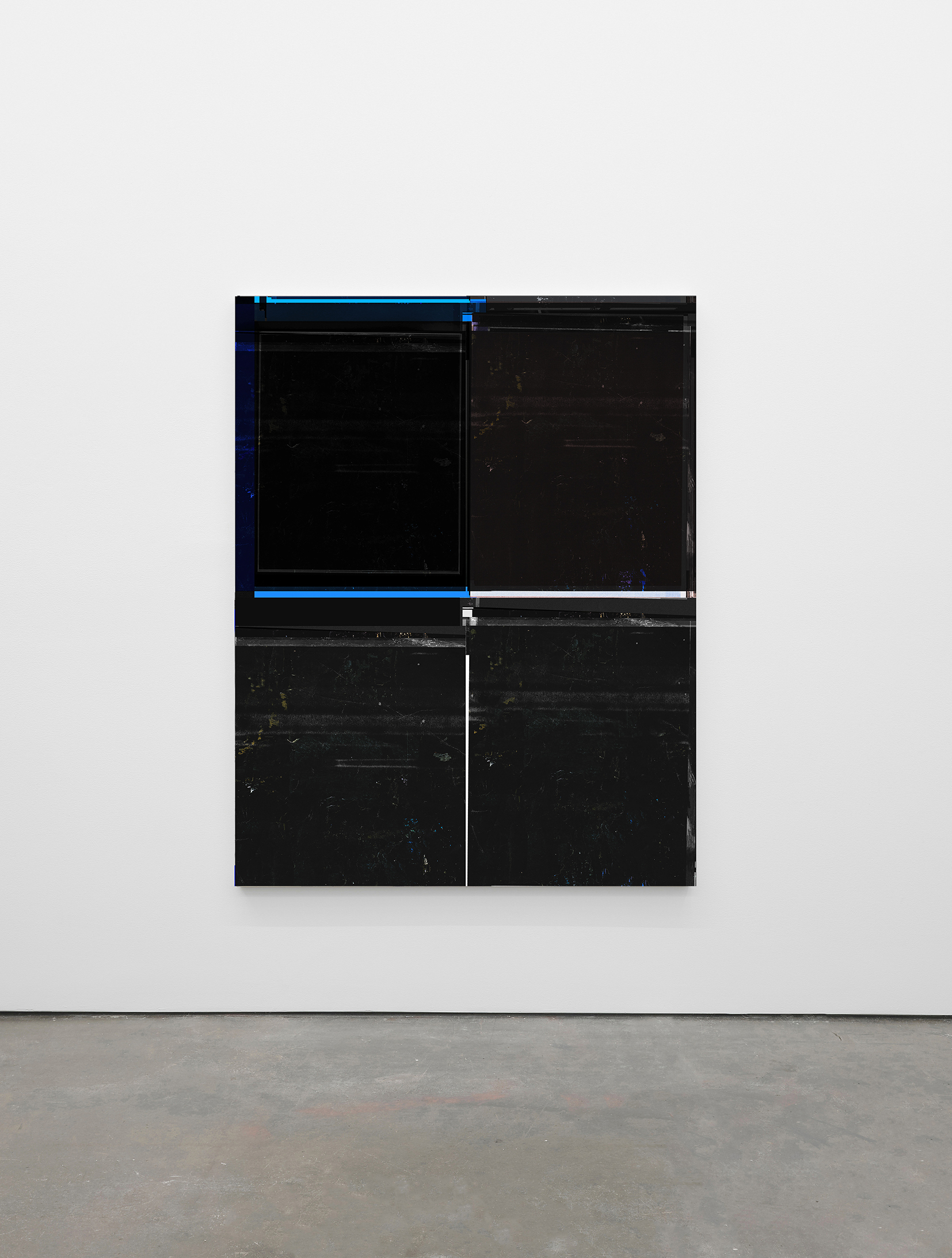These works are a series of large silkscreen reproductions of paintings that have been destroyed. The original paintings no longer exist, leaving their replicated images on large canvases as a lasting testament.
Essentially, the documentation supersedes the original.
The advent of the “installation view” in blogs and online magazines has transformed communication within contemporary art. This shift also affects the representation techniques and methods in painting.
The focus has expanded beyond the painting itself to include elements such as the wall’s irregularities behind it or the shadows it casts. These aspects become integral to the viewer’s perceptual experience
and contribute to the final concept of the painting, both as an object and as a piece of documentation/image of the painting itself reproduced.
________________________________
Dear M,
I believe that painting is a practice more concerned with representation than reality. It’s somewhat like when we look at an installation view of an exhibition but never ask ourselves who took the photograph.
What we see is not solely the result of the artist’s work but rather the product of the photographer’s efforts. It is the latter who directs our gaze and ultimately the entire experience becomes merely a visual matter.
Dear M, Pursued the dimension of emulation and in the end in the image of the painting reproduced on the canvas we found the same aura that characterized the original color in a vision free and lofty up to the sky.
This late afternoon I thought that the painting wouldn’t be ready for tomorrow. Oil doesn’t dry that quickly you know. Think of it as an open question.
Best F

















